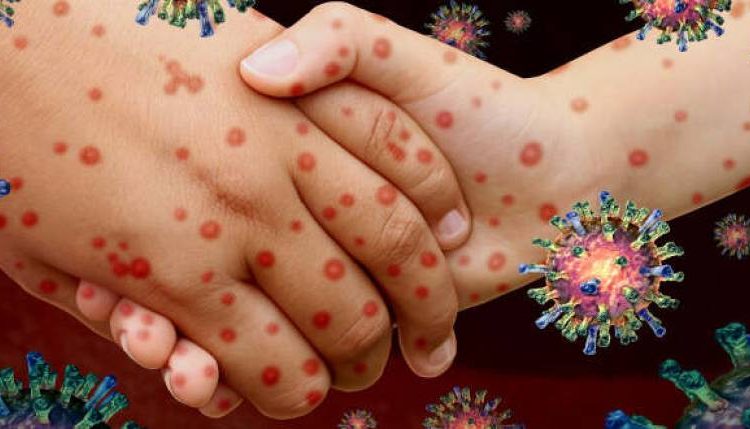Introduction: Defining Disease in a Complex World
Disease—an unsettling word that evokes images of hospital beds, anxious loved ones, and masked doctors moving briskly under the harsh glow of fluorescent lights. Yet disease is far more than an unwelcome visitor in our lives; it is a complex biological, social, and cultural phenomenon woven deeply into the human story. From ancient plagues to modern pandemics, the ways in which diseases emerge, spread, and are conquered reveal as much about our societies as they do about our bodies.
A Historical Lens: How Disease Has Shaped Civilization
Human history is, in many ways, the history of disease. The Black Death in the 14th century wiped out nearly a third of Europe’s population, reshaping economies, social hierarchies, and urban planning. Smallpox decimated indigenous populations in the Americas, altering the course of empires. The 1918 influenza pandemic killed more people than World War I itself.
These devastating chapters remind us that disease is not merely a personal misfortune but a collective reckoning, often exposing the fault lines of inequality, politics, and human mobility.
The Nature of Disease: Beyond Pathogens and Symptoms
At its core, disease is defined by deviation from normal physiological functioning, often caused by an infection, genetic mutation, environmental toxin, or lifestyle factor. Yet this textbook definition barely scratches the surface.
Diseases can be broadly categorized into two groups:
-
Communicable Diseases: Illnesses caused by infectious agents such as bacteria, viruses, fungi, or parasites. Examples include tuberculosis, malaria, COVID-19, and HIV/AIDS.
-
Non-Communicable Diseases (NCDs): Chronic conditions like cancer, diabetes, cardiovascular disease, and mental health disorders, typically linked to genetics, aging, and lifestyle choices.
Understanding these distinctions is crucial because each type demands a unique approach in terms of prevention, treatment, and policy.
The Microbial World: Friends and Foes
For centuries, humanity has waged war against microbes. The discovery of germs by pioneers like Louis Pasteur and Robert Koch revolutionized medicine, leading to life-saving practices such as sterilization and vaccination.
However, microbes are not solely villains. The human body hosts trillions of bacteria and other microorganisms—our microbiome—that help digest food, train our immune systems, and even influence mood. Disruptions to this delicate ecosystem, often through overuse of antibiotics or poor diet, can invite disease rather than prevent it.
Modern Burdens: The Rise of Lifestyle Diseases
While we have made impressive strides in controlling many infectious diseases, modern lifestyles have introduced new challenges. Non-communicable diseases now account for nearly 70% of deaths worldwide, according to the World Health Organization.
Key contributors to this rise include:
-
Sedentary Living: Office work and screen time limit physical activity, elevating risks for obesity and cardiovascular disease.
-
Unhealthy Diets: Highly processed foods, excessive sugar, and trans fats contribute to diabetes and metabolic disorders.
-
Stress and Mental Health: Chronic stress and anxiety can weaken immunity and exacerbate conditions like hypertension and depression.
-
Environmental Factors: Pollution and exposure to toxins play roles in respiratory diseases and certain cancers.
Addressing these modern plagues demands not just medical interventions but societal shifts—better urban planning, food system reforms, and mental health support.
Global Inequities: Who Bears the Burden?
Disease does not affect all people equally. Socioeconomic status, geography, and education heavily influence who gets sick and who gets treated. Malaria and tuberculosis still ravage poorer regions of Africa and Asia, while wealthier nations wrestle with heart disease and cancer as leading killers.
Access to healthcare, nutritious food, clean water, and education are powerful predictors of health outcomes. Thus, fighting disease means grappling with deep-rooted social inequities.
Science and Innovation: The Ongoing Battle
Modern science continues to push the boundaries of what is possible in combating disease.
Some breakthroughs changing the landscape include:
-
Vaccination: Immunizations have eradicated smallpox and dramatically reduced polio, measles, and other deadly diseases.
-
Genomics: Decoding human DNA enables personalized medicine, allowing treatments tailored to an individual’s genetic makeup.
-
Immunotherapy: For cancer patients, treatments that harness the body’s own immune system offer new hope.
-
Telemedicine: Digital consultations and AI diagnostics bring medical care to remote and underserved populations.
Yet, these advances also pose ethical questions—about privacy, access, and the equitable distribution of cutting-edge care.
The Human Element: Beyond the Body
Disease is not merely a physical ailment; it is also deeply psychological and social. Illness can isolate, stigmatize, and impoverish. It can challenge identities, strain relationships, and reshape entire communities.
Thus, compassionate care matters as much as clinical skill. Doctors, nurses, caregivers, and mental health professionals provide not only treatments but also the reassurance and human connection that patients crave during vulnerable moments.
Prevention: The Best Medicine
It is an old saying, but prevention truly is better than cure. Public health measures—clean water, sanitation, vaccination campaigns, and education—have saved far more lives than any single hospital treatment ever could.
For individuals, small daily choices make a significant difference:
-
Eating a balanced diet rich in whole foods
-
Engaging in regular physical activity
-
Managing stress through mindfulness or counseling
-
Avoiding tobacco and excessive alcohol
-
Attending regular medical check-ups and screenings
When societies invest in prevention, they reap enormous social and economic dividends.
Conclusion: Living with Disease, Living Beyond It
Disease will always be part of the human condition. New threats will emerge—drug-resistant bacteria, novel viruses, unforeseen complications of our own technological progress. Yet so too will human ingenuity, compassion, and resilience.
What defines us is not the inevitability of illness but our collective response to it—our determination to build systems that care for all, our commitment to science that heals, and our capacity to extend kindness to those in pain.
In understanding disease, we understand ourselves: fragile yet formidable, vulnerable yet endlessly capable of renewal. To study disease is to study life itself, in all its complexity, contradiction, and quiet, enduring hope.


Comments are closed.